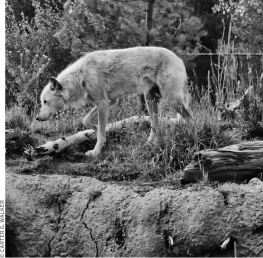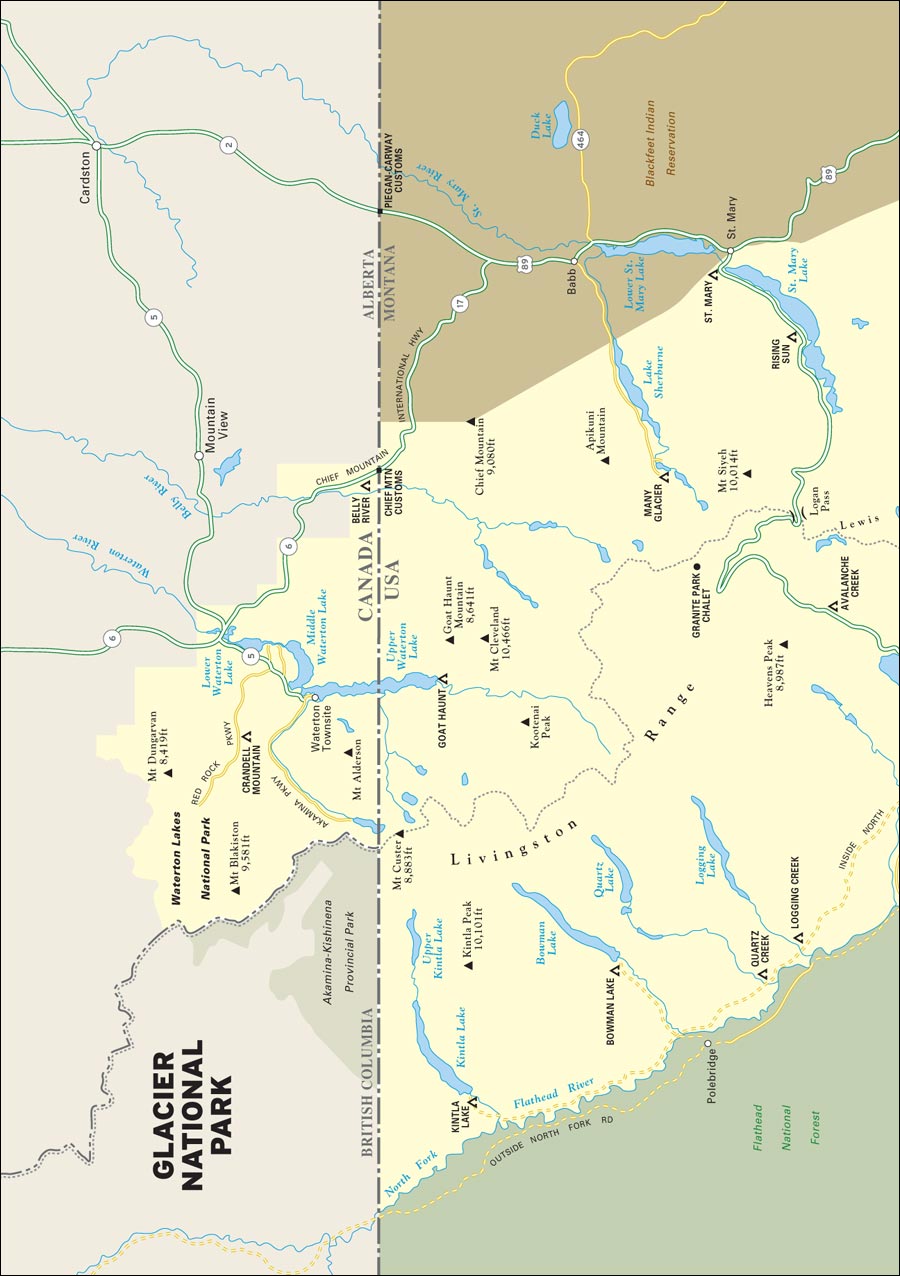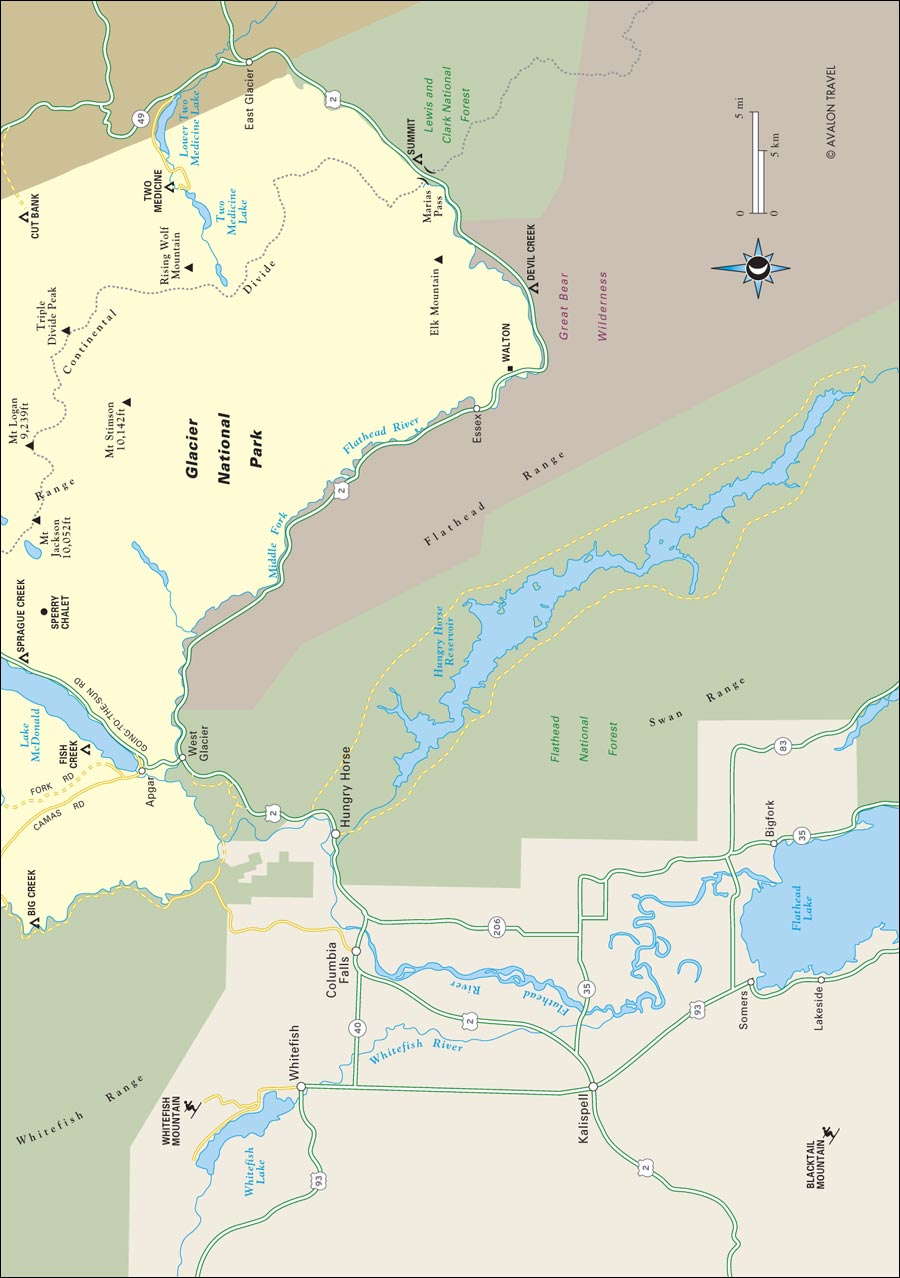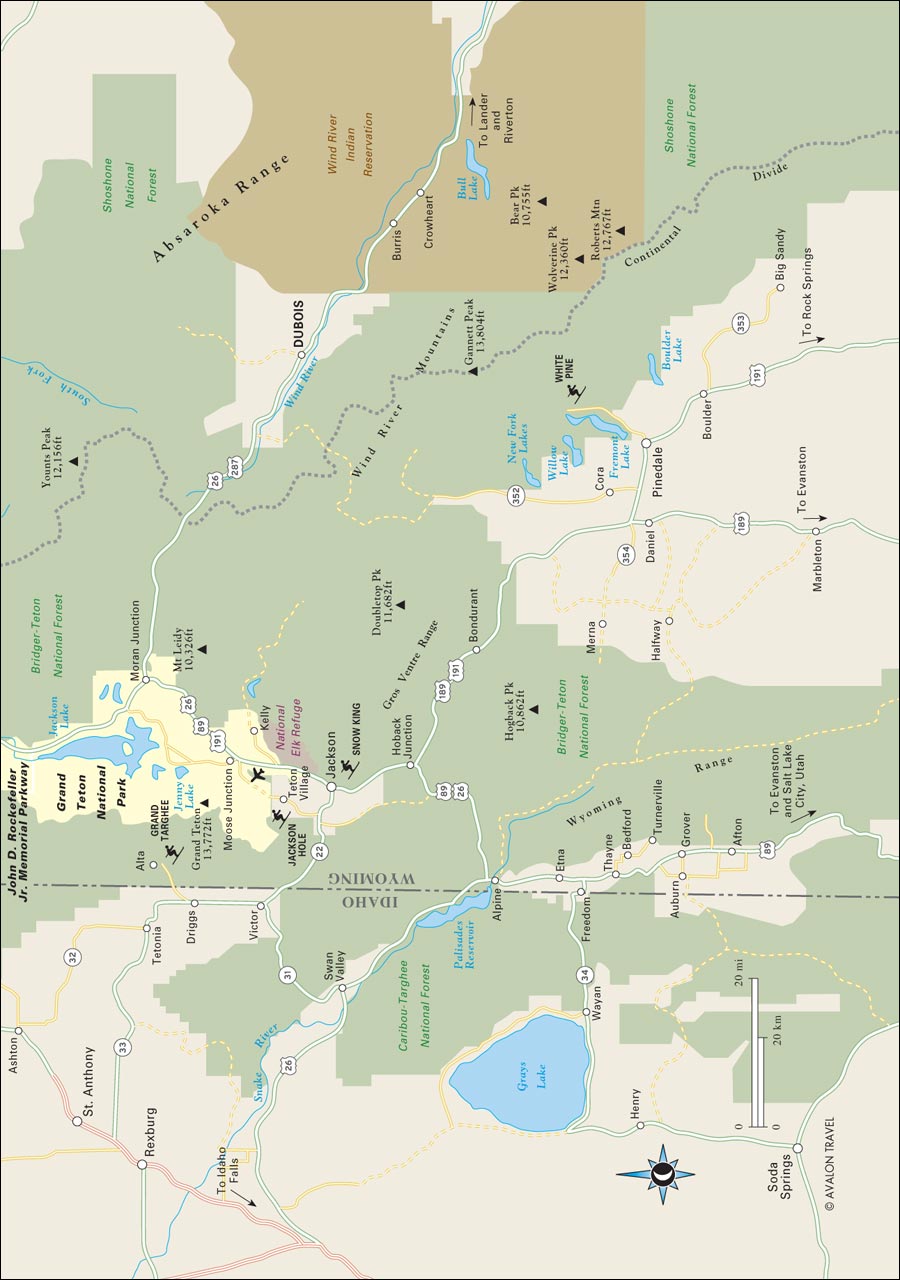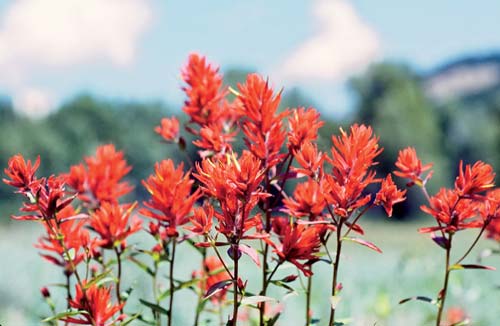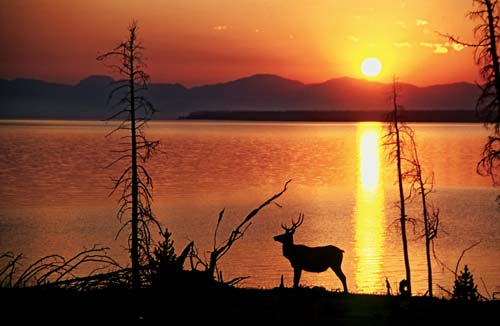
MONTANA & WYOMING
CARTER G. WALKER
DISCOVER
Montana & Wyoming
The rocky landscapes of Montana and Wyomingfrom soaring mountains to narrow valleys and sweeping plainswere carved over eons by water, wind, fire, and ice. The culture was also shaped by conflict: between those who were from here and those who were not; those who valued the land itself and those who sought only its riches. Although their distinct histories, both natural and cultural, are evident everywhere, not just tucked away in dusty museums, these states continue to define themselves. Wyomings Tetons thrust skyward at the rate of an inch or so each year. Montanas blue-ribbon trout streams, tumbling and falling, etch themselves deeper into valleys. The populations are perpetually shifting too, bringing new ideas, new conflicts, and an evolving culture.
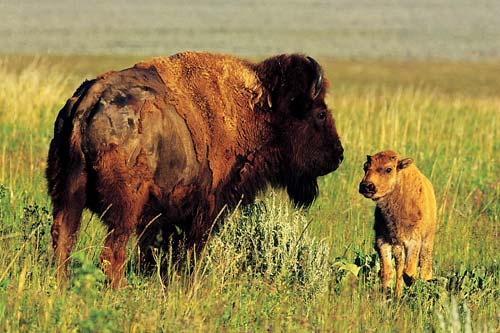 |  |
Montana is as vast as the big sky that blankets it; rich with natural resourcesfertile soil, coal, gold, forests, windand overflowing with beauty. From Glacier National Park to the Little Bighorn, its sites are enchanting, and sometimes haunting. Its communities are diverse too, with pioneer traditions embraced by new generations of transplants in cities like Bozeman, where ski bums and artists mingle with fifth-generation farmers. Then there are tiny towns like Loma, at the confluence of the Milk and Marias Rivers, where the headline is still that Lewis and Clark camped just south of town in 1805. Montanas cities make us aware of the constant growth in the American West, while little dots on the map like Loma remind us of its almost magical timelessness.

Embodied by the bucking bronc on its license plates, Wyoming is a childs cowboy fantasy come to life, with rodeos aplenty and dude ranches where even city slickers try their hand at riding and roping. But what strikes people most about Wyoming is its authenticity. The harsh climate and isolation that make Wyoming the least populated state in the union result in an uncommon grace in its residents. Its expressed not just in the weathered creases on their faces but in the way they do business and welcome visitors. There is glitz here too, in places like Jackson Hole, but it doesnt detract from the essence of Wyoming. Those towns are simply a flash of silver, the shiny buckle on a well-worn belt.
Separated by history, culture, and even politics, Montana and Wyoming are still ideal neighbors, bound together by the forces of nature that make them so captivating.
Billings and the Big Open
Beyond Billings, the states largest and most industrial city, much of eastern Montana is made up of small but tightly knit communities separated by vast swaths of wide open country. Its also where four of the states seven Indian reservations can be found. The landscapes are varied and dramaticfrom the rimrocks in Billings and the rolling hills around the Little Bighorn Battlefield to the badlands of Makoshika State Park outside Glendive.
Great Falls and the Rocky Mountain Front
The vast plains erupt into soaring peaks along the Rocky Mountain Front. The Bob Marshall Wilderness Complex is one of the most spectacular and isolated mountainous areas in the Lower 48. Tiny towns like Choteau and Fort Benton offer a charming sense of community, along with fascinating sites like dinosaur mecca Egg Mountain and lovely historic hotels. Straddling the division between mountains and plains, Great Falls boasts two of the states best museums: The C.M. Russell Museum and the Lewis and Clark National Historic Trail Interpretive Center.
Glacier National Park
Known as the Crown of the Continent, Glacier National Park embodies the Montana youve always imagined: rugged mountains piercing the sky, crystalline lakes and plunging waterfalls, abundant wildlife, gravity-defying roads, and miles upon miles of trails. The park lays claim to 25 glaciers.
Missoula and Western Montana
Western Montana shows off with lush green mountain ranges and towering forests. In the far north,
Next page







